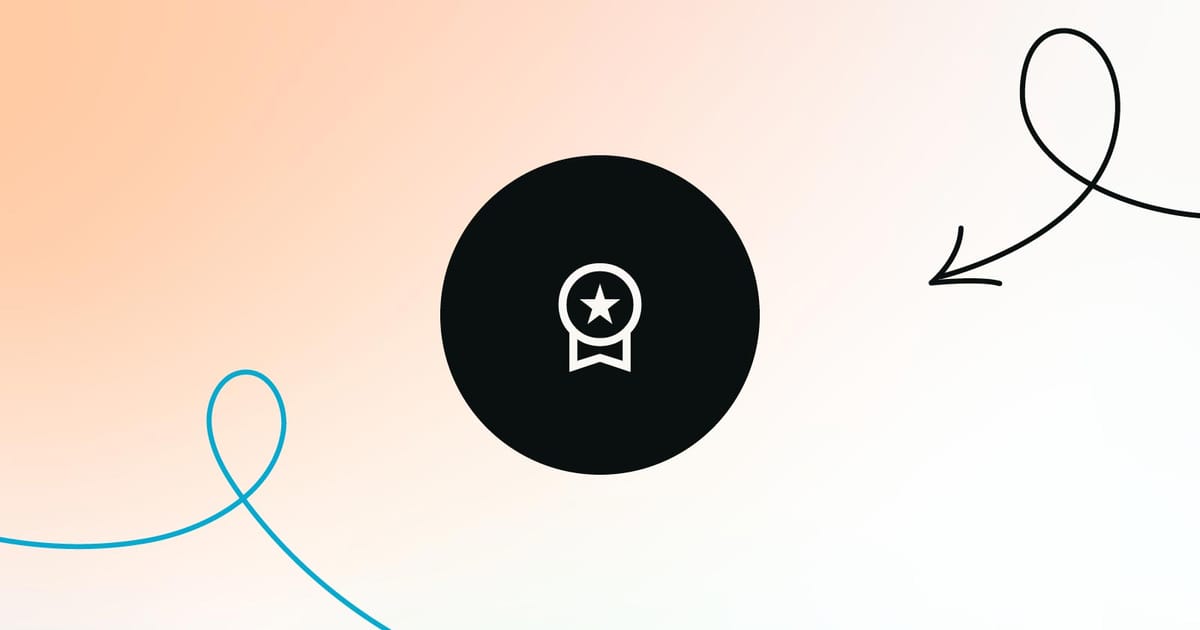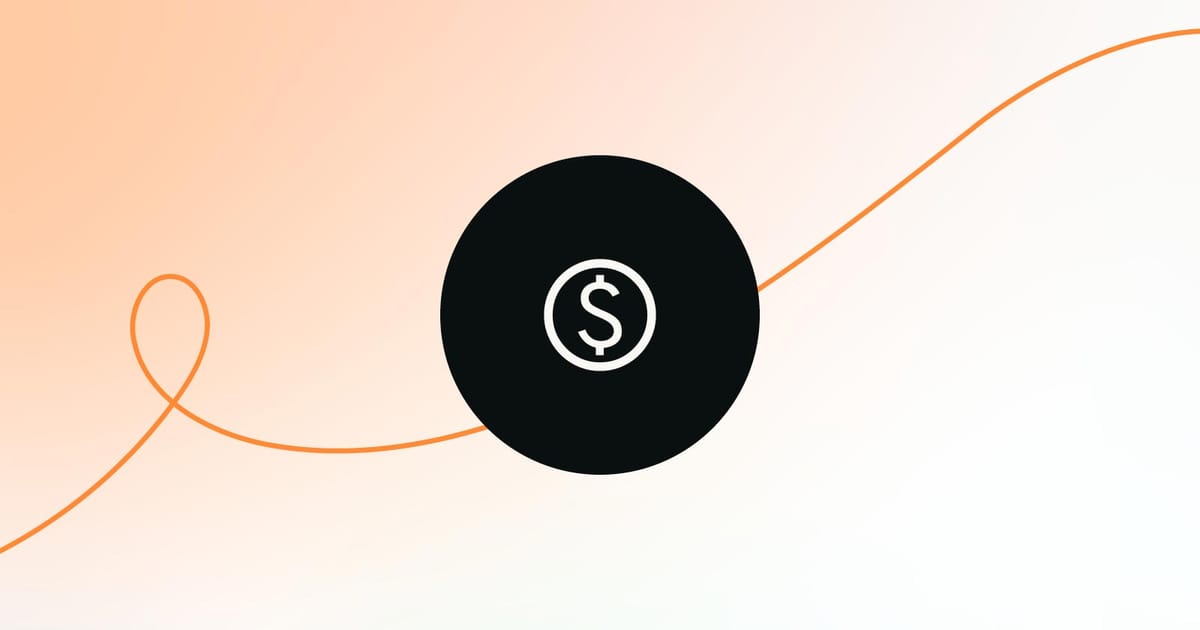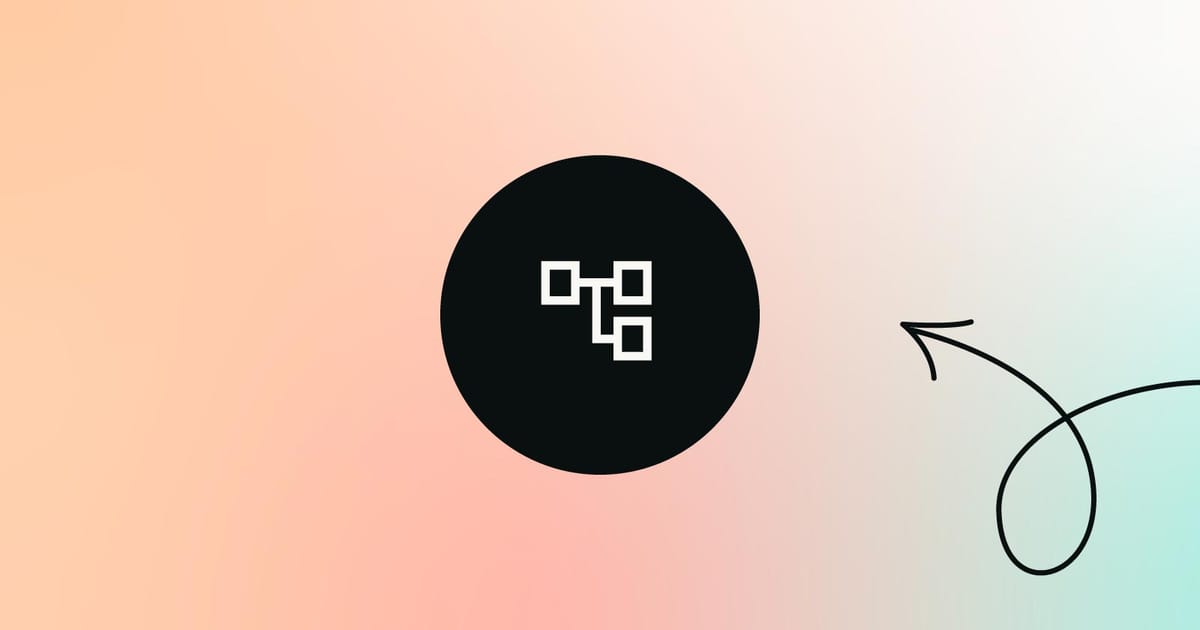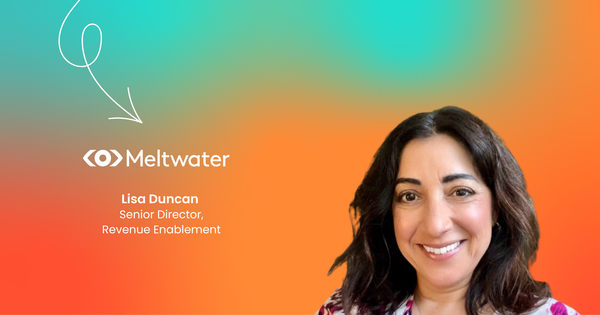Over the years, I’ve seen far too many sales trainers design enablement sessions that summon reps to a conference room or a webinar, lecture them for an hour or two while they zone out and multitask, and report back to management that the reps have been successfully trained.
Sound familiar? I get it.
When you’re strapped for time, sometimes it can feel like the only option is to just make some slides, get a subject matter expert on the call, and present them to reps.
But simply lecturing your reps is not enough.
So what’s an enabler to do?
The Tell, Show, Do, Apply model is a simple framework to ensure that your training does more than just impart information to your learners. It gives them a chance to practice and apply their learning, which will lay the foundation for the behavior change you’re looking to drive. Let’s dive in.
Tell
Tell is the first step in the model. It’s basic instruction: telling learners what they need to know. You can do this in a number of ways - e-learning, lecture, video, or reading materials are all good options.
For example, if you’re training reps on how to do discovery, you might tell them about the importance of good discovery, walk through the discovery framework you want them to use, and give them examples of strong discovery questions to ask for your different personas or use cases.
This could be as simple as pausing to ask reps to share their challenges with discovery or asking them to share some of their go-to discovery questions.
The key is to break up the lecture to maintain their engagement.
Show
In the Show step, you’re showing reps what good looks like. This is a great opportunity to involve managers or top reps in the training by asking them to model the behavior the reps are being trained on.
Going back to our discovery example, you could have a manager and rep show what it looks like to use the discovery framework. Have one person play the customer and the other person play the rep while they role play a discovery call. Then engage your learners by asking them for feedback and observations on the role play.
Do
Do is where reps practice what they’ve learned in a safe environment. This is the part reps dread the most, but it’s the most essential part of getting comfortable with a new skill.
I’d much prefer that my reps practice and fail with each other (and grumble at me for making them practice) than to fail with customers!
Unfortunately, many training programs stop after Show or even Tell, robbing reps of the deliberate practice and repetition that’s needed to get a new skill right.
The classic sales Do exercise is a role play. In our discovery training example, you could have reps break into groups of three, where one plays the customer, one plays the rep, and one is the observer and coach.
Have them take turns rotating between the three roles so they each get a chance to practice using the skill, being on the receiving end of it as a customer, and giving feedback. In an e-learning environment, rather than doing a role play, you could ask reps to write up and submit the discovery questions they would use for a given scenario or upcoming call.
That’s why I like to design role plays with three people, so reps have an opportunity to observe, think critically about what they are seeing, and give feedback — giving their learning a deeper dimension.
You might be wondering where certifications fit in here. Some learning designers include them in a Review step that takes place before reps start using the new skill or knowledge directly with customers.
Rather than adding a step, my preference is to include certifications in Do. Reps get practice and feedback before show time, and the enablement and leadership teams can observe the certifications to get a sense of how well the reps are picking up what they’ve learned.
Apply
Apply, the last step, is where the rubber meets the road. In Apply, reps start using what they’ve learned - live with customers.
At this point in an enablement program I like to pivot from the enablement team supporting the learning, to the frontline managers coaching and reinforcing the skill with their reps. Attending calls with reps or listening to them in a conversation intelligence platform like Gong or Chorus is the best way for managers to provide this feedback.
In the case of our discovery program, you could give managers a rubric they can use to score how well reps prepared for the call, followed the discovery framework, and asked powerful discovery questions. They can use the rubric to give reps feedback after attending a call or via a scorecard you can put in your conversation intelligence platform.
Measure
Surprise step! This learning framework typically ends with Apply, but as a strategic revenue enablement practitioner, I like to include a Measure step so I can see how well the program drove the intended business results.
To execute this step, go back to the learning objectives, desired outcomes, and KPIs you defined when you were developing the program. Some of these, such as signals of behavior change, will be measurable fairly quickly.
Others, such as win rate, are lagging indicators that will require at least one sales cycle before you take a read on these.
If you didn’t define KPIs ahead of time, don’t sweat it (but do try to define them in advance next time). Think about why you did the training, what behavior you were looking to change, and how a change in that behavior would move the needle on business outcomes.
Back to our discovery example, I would expect an effective discovery training program to positively influence win rate and average deal size, because when reps do a better job uncovering pain, they gain a stronger perspective on how to position their solution effectively.
These are lagging indicators though, so for leading indicators, you could set up trackers in your conversation intelligence platform to pick up increased usage of the discovery questions you trained reps on, or gather feedback from managers on calls that they’ve attended.
Conclusion
The 70-20-10 model for learning development holds that only 10% of learning comes from classic instruction, while 20% comes through interacting with colleagues and a whopping 70% comes from on the job learning.
Using the Tell-Show-Do-Apply model will help you design your enablement programs to drive deeper learning and behavior change that has a positive impact on business outcomes.

Join 8,500+ of your sales enablement peers in SEC's Slack group! Idea-share, network, and ask questions in the community.


Sales enablement insider
Thank you for subscribing
Level up your sales enablement career & network with sales enablement experts
An email has been successfully sent to confirm your subscription.
 Follow us on LinkedIn
Follow us on LinkedIn


.png)







